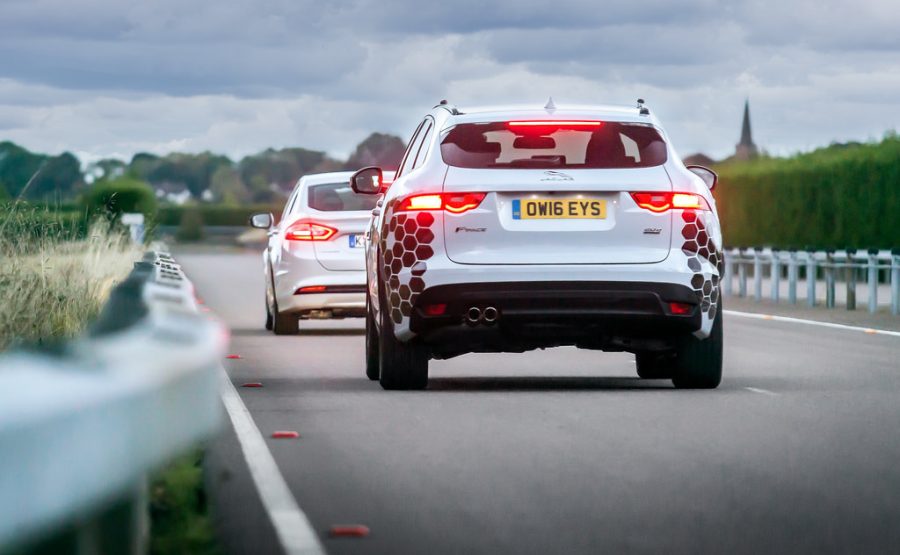Autonomous Cars May Be Nice, But Are They Useful?
It is the beginning of pothole season in Ann Arbor yet again, when what was simply a road for the last few months becomes a competitive hazard avoidance slalom course, the winners returning safely home. The losers are stranded on the roads with blown out tires, bent rims, damaged suspensions waiting for a tow truck or changing a tire.
Such a time brings out the daring driver in us all, playing the odds as we try and navigate through town without bottoming out our cars or blowing out our tires. Normal by-the-book driving is abandoned in favor of evasive action to avoid obstacles: swerving between lanes, driving on the wrong side of the road, entering bike lanes and parking lanes, and attempting to beat the city and university trucks and buses that inevitably go 10 to 15 miles an hour under the speed limit.
In these times when average drivers must now use their judgement to preserve their automobiles and their passenger comfort, we, as the drivers of Ann Arbor and the southeast Michigan region, realise how ill-suited autonomous cars are to our driving environment.
Despite the promises of technology companies of improved safety and productivity, drivers cast doubt on any car that would be programmed to drive into a deep pothole instead of driving around. And this is the fundamental flaw with autonomous automobiles — they are incapable of exercising judgement.
Programmed to blindly follow often arbitrarily low speed limits, remain centered in a lane, and stop for obstacles, we truly realize how far off the technology is from practical application and use by regular drivers.
Sure, the ability to further disrupt work life balance by using commuting time to work may seem attractive, and the ability for the elderly and handicapped people to move about without relying on public transportation is great. But for any driver who operates a motor vehicle in an urban area, the rules of the road become mere suggestions when applied to real world situations.
And that’s why autonomous driving technology will never be successful, at least until technology companies want to make an autonomous car that emulates real driving — and an autonomous car of that nature would never receive government approval, not if allowed to violate the good-intentioned but often arbitrary rules of the road in exceptional situations, like to avoid potholes or obstacles, pass slower traffic, drive through piles of leaves or large puddles of water, pull out quickly to beat a slow moving vehicle or pedestrian or drive at a safe speed to match other traffic, even if over the official speed limit.
The value of autonomous driving technology will never be realized if the cars are not able to exercise judgement — and yet no major company, government agency, or consumer group has advocated for autonomous cars to do so, thereby limiting the potential of a new technology to boring, soulless, rule following discomfort and lack of safety. And if autonomous vehicles are to be developed in this direction, is there really any point to the technology?









